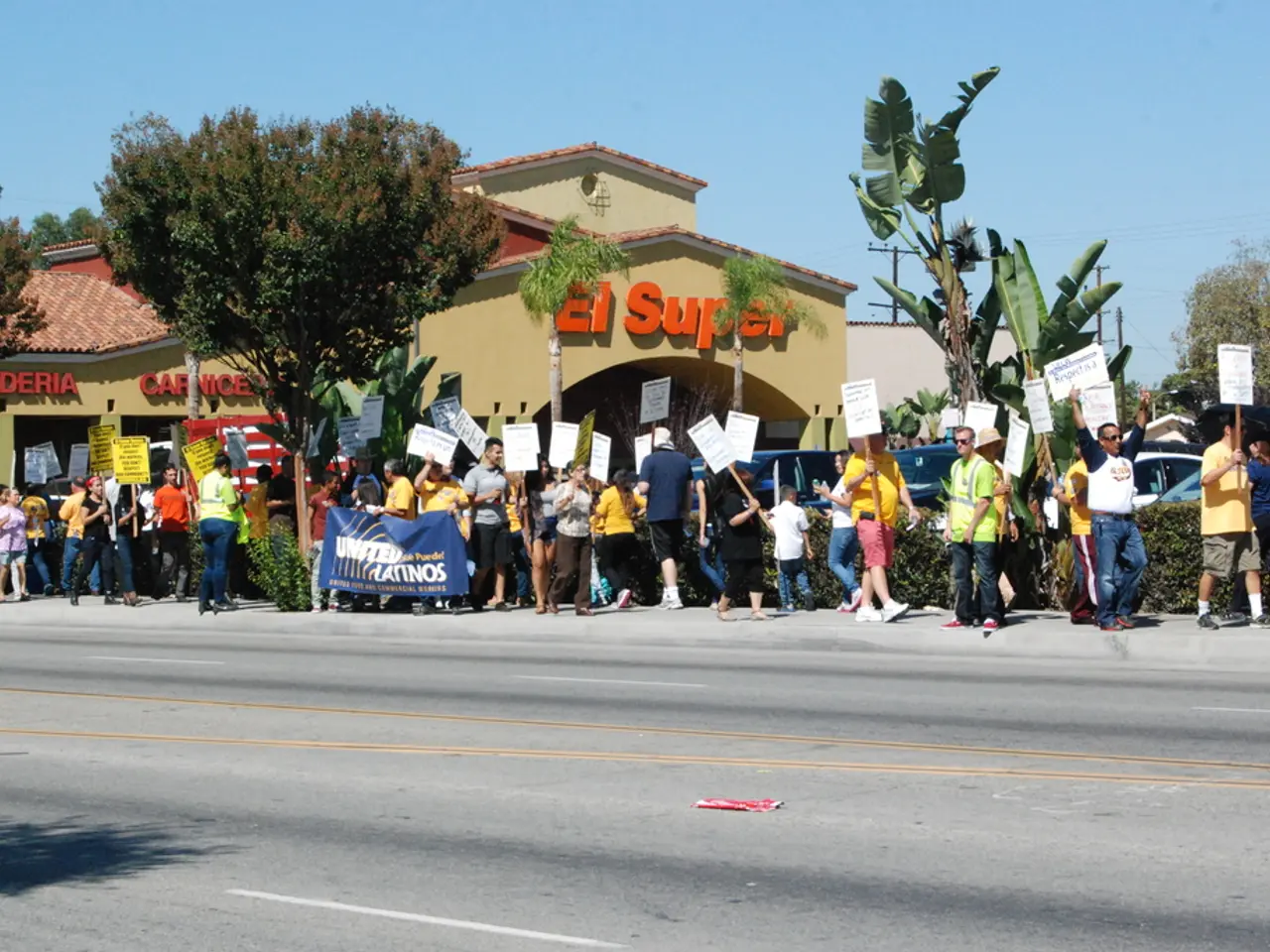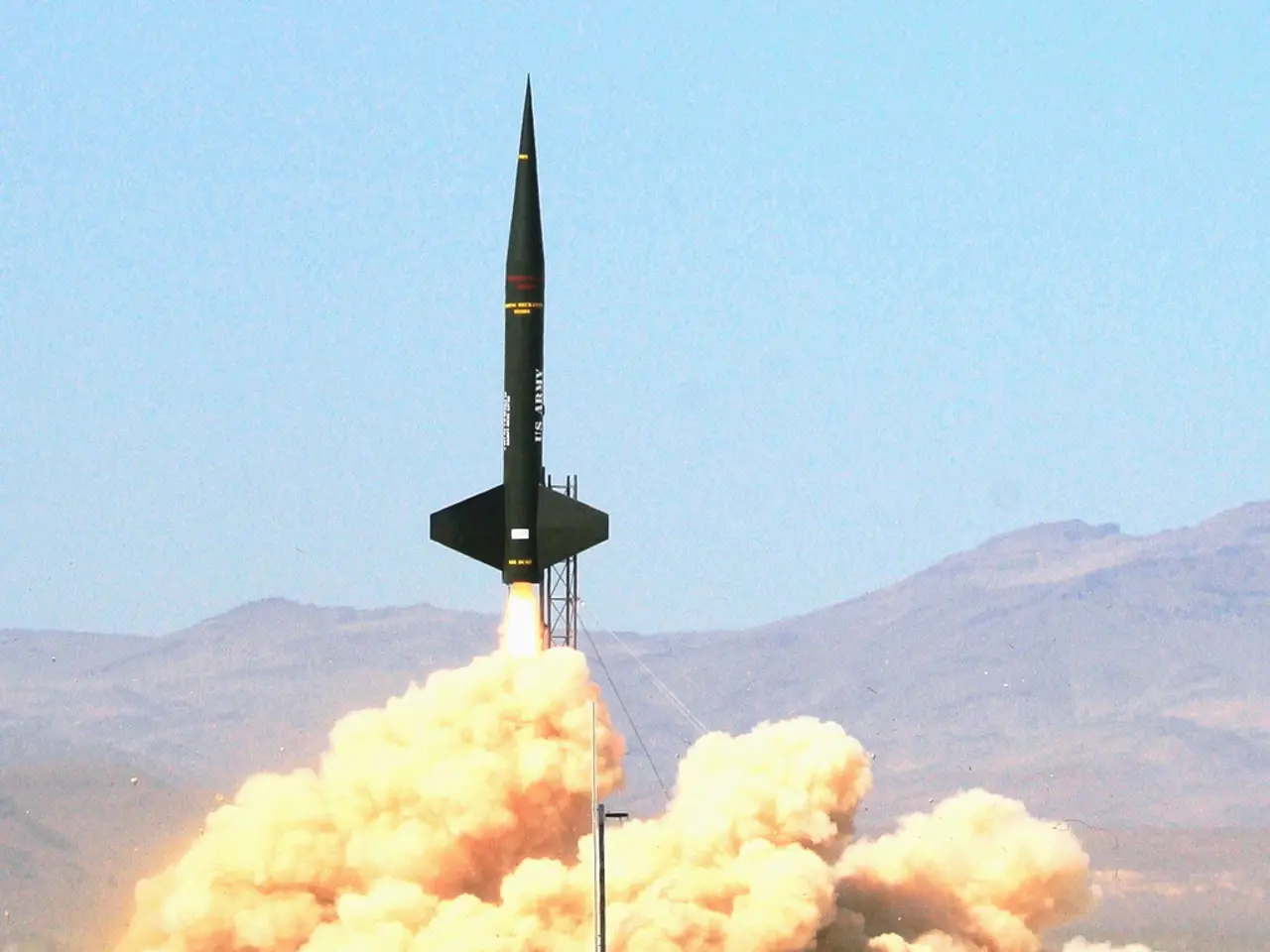Crafting an Impactful Political Campaign Video Guide
In the digital age, political campaign videos have become a powerful tool for candidates and parties to communicate messages, promote policies, and engage voters. These visual content pieces, when created effectively, can capture attention, convey emotions, and increase reach.
Key Elements of Successful Campaign Videos
Authenticity and Impactful Hooks
To grab the viewer's attention immediately, political campaign videos should hook viewers within the first 1-2 seconds. This can be achieved through visually striking shots or bold captions that stop viewers from scrolling. A creator-style approach, with informal speaking directly to the camera, kinetic text animations, or quick demos, resonates better with voters.
Optimization for Social Media Platforms
Given the widespread use of platforms like Facebook, YouTube, Instagram, and TikTok, it's essential to optimize videos for mobile viewing. A 9:16 vertical video format, which takes up the full mobile screen and feels native to social media users, is recommended. Videos should also be optimized for fast loading times, clear visuals, and the inclusion of subtitles.
Short and Impactful Content
Shorter videos, ideally 15-30 seconds, suit today's fast content consumption habits. While longer videos, up to 60 seconds, can be used if content progression remains engaging, it's crucial to maintain viewer engagement.
Positive Candidate Image and Messaging
To build a positive, trustworthy candidate image, the messaging should focus on key issues, personal connection, and voter benefits. Credibility significantly impacts voter intention, so it's important to present a clear and concise message that reinforces the candidate's strengths and values.
Integration into a Broader Outreach Strategy
To maximize voter contact and turnout, political videos should be integrated into a broader outreach strategy. This includes social media posting, texting voters with video links, and direct engagement methods like door-to-door canvassing and phone banking.
Emerging Trends in Political Campaign Videos
The use of AI, interactive videos, augmented reality, and personalized content delivery are emerging trends in political campaign videos. These technologies can help create more engaging and targeted content, ultimately increasing the chances of winning elections.
Common Types of Videos
Common types of political campaign videos include campaign ads, candidate introductions, testimonials, issue-focused videos, and live event coverage. The focus should always be on clear messaging, high production quality, emotional appeal, and a concise call to action.
Ethical Considerations
Honesty, respect for opponents, avoiding misleading information, and protecting privacy are important ethical considerations in political video content. Live videos should be monitored for comments, and responses should be respectful and prompt in addressing negative feedback.
By focusing on authenticity, strong early hooks, concise messaging, and platform optimization, political candidates can create effective and engaging campaign videos that enhance voter connection and mobilization, increasing the chances of winning elections.
- To maximize the impact of political campaign videos, they should capture attention within the first 1-2 seconds with visually striking shots, bold captions, or an informal, creator-style approach.
- Given the prevalence of social media platforms like Facebook, YouTube, Instagram, and TikTok, it's crucial to optimize videos for mobile viewing, using a 9:16 vertical format, quick loading times, clear visuals, and subtitles.
- Shorter videos, ideally 15-30 seconds, are more suitable for today's fast content consumption habits, although longer videos (up to 60 seconds) can be used effectively with engaging content progression.
- To build a positive, trustworthy candidate image, videos should focus on key issues, personal connection, and voter benefits, presenting a clear and concise message that reinforces the candidate's strengths and values.
- To increase voter contact and turnout, political videos should be integrated into a broader outreach strategy, including social media posting, texting voters with video links, and direct engagement methods like door-to-door canvassing and phone banking.
- Emerging trends in political campaign videos include the use of AI, interactive videos, augmented reality, and personalized content delivery, which help create more engaging and targeted content, potentially increasing the chances of winning elections.
- Common types of political campaign videos include campaign ads, candidate introductions, testimonials, issue-focused videos, and live event coverage, with a focus on clear messaging, high production quality, emotional appeal, and a concise call to action.
- Ethical considerations in political video content include honesty, respect for opponents, avoiding misleading information, and protecting privacy, with live videos needing monitoring for comments and prompt, respectful responses to negative feedback.
- In the realm of policy-and-legislation, entertainment, general-news, politics, war-and-conflicts, social-media, email campaigns, branding, and migration, the effective use of political campaign videos can influence voter engagement, policy making, and social change.
- Politicians and parties use political campaign videos to communicate messages, promote policies, and engage voters, with such videos playing significant roles in social media, ad campaigns, and general public discourse.






